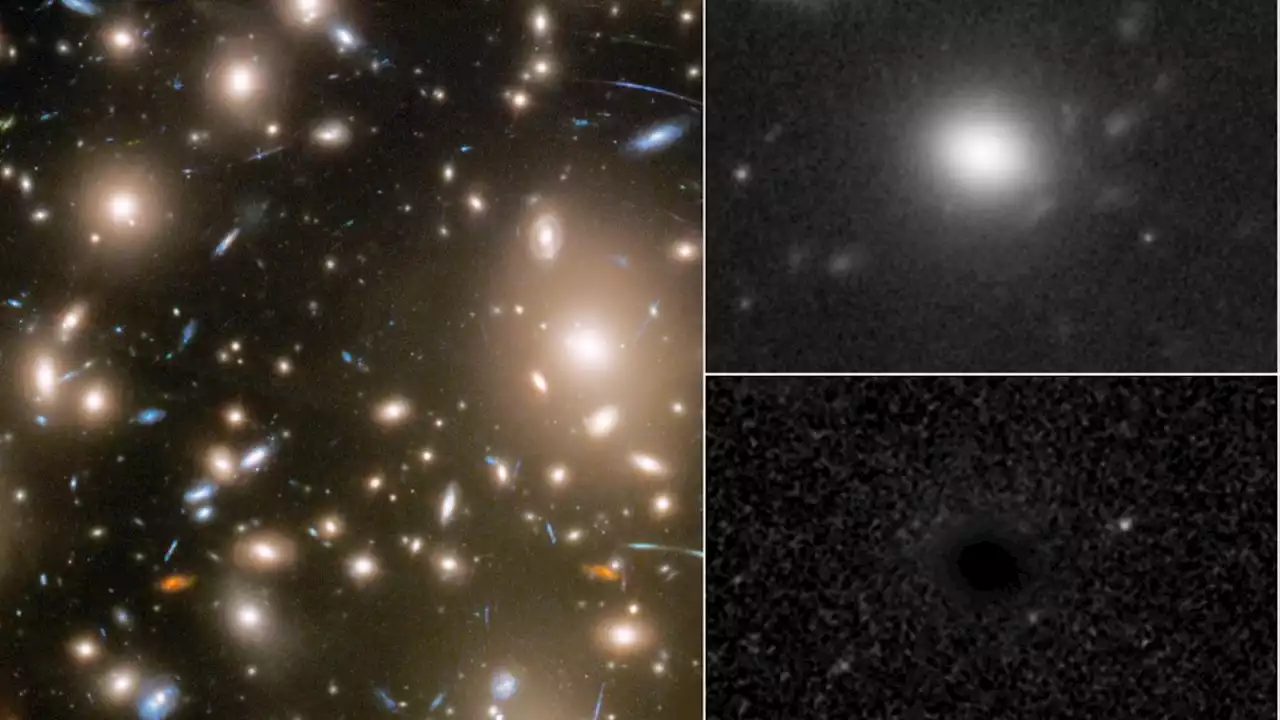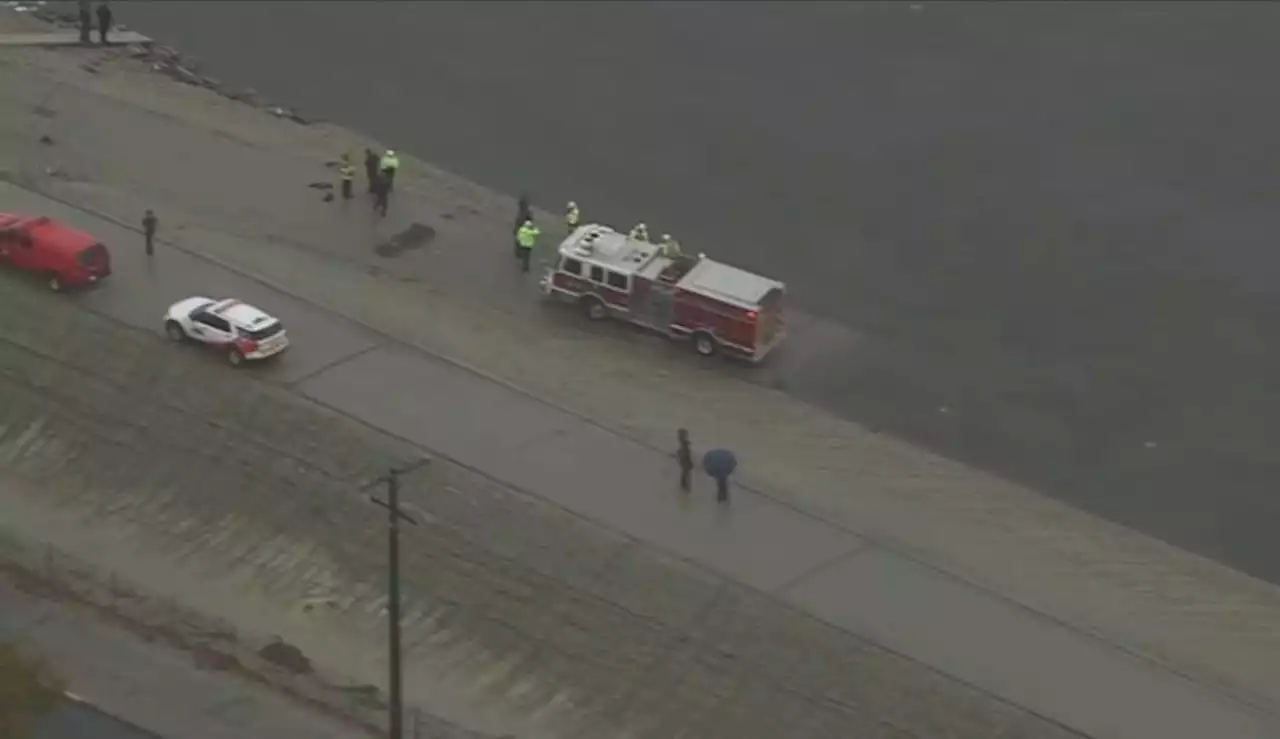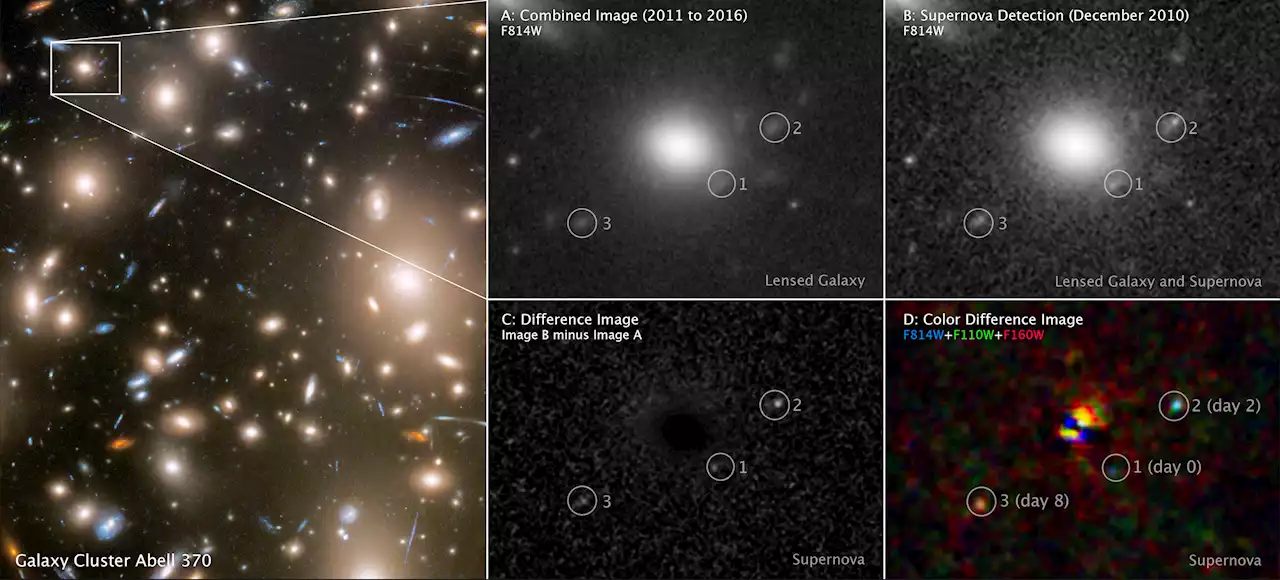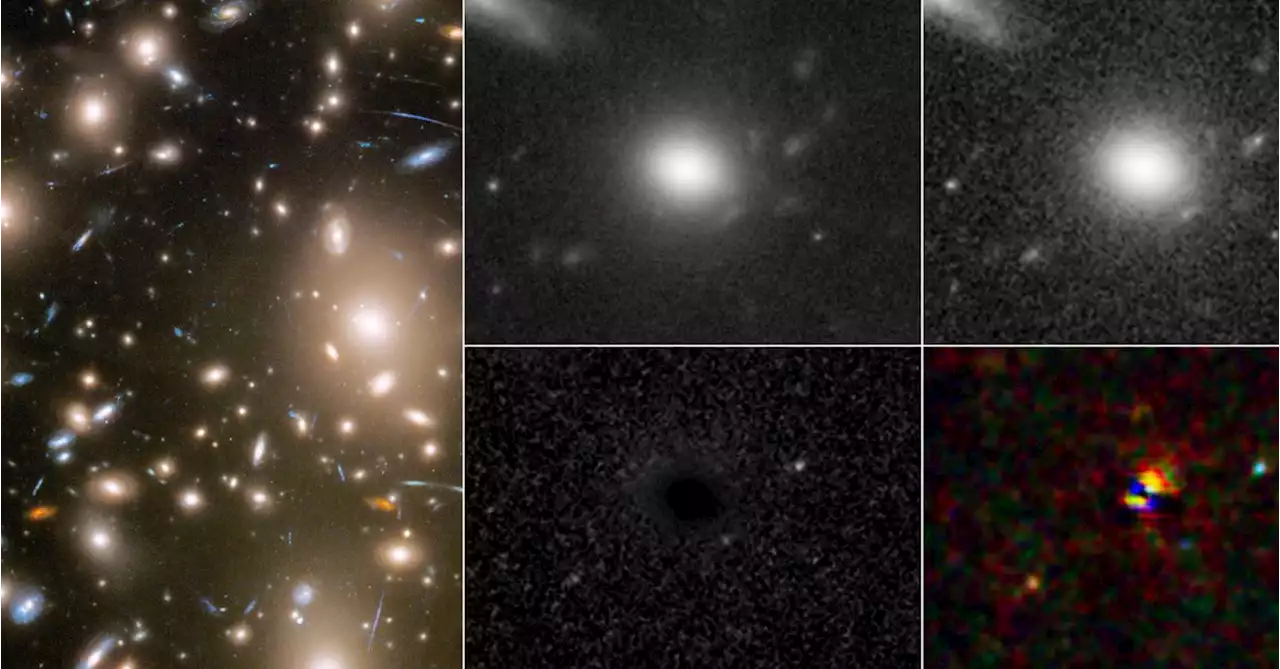Hubble saw the Same Supernova at Three Different Times Thanks to Gravitational Lensing - by spacewriter
The gravitationally lensed images of a distant supernova. The left panel shows the portion of Abell 370 where the multiple images of the supernova appeared. Panel A, shows the locations of the multiply imaged host galaxy after the supernova faded. Panel B shows the three images of the host galaxy and the supernova at different phases in its evolution. Panel C, which subtracts the image in Panel B from that in Panel A, shows three different faces of the evolving supernova.
The warping produced by the Abell 370 gravitational lens produced multiple images of the explosion over different time periods. That was possible only because the magnified images took different routes through the cluster. That was due to the differences in the length of the pathways the supernova light followed. Also, the slowing of time and curvature of space due to gravity affected light travel time.
United States Latest News, United States Headlines
Similar News:You can also read news stories similar to this one that we have collected from other news sources.
 Hubble captures images of supernova from three different moments in timeThe Hubble space telescope has managed to capture three supernova images as it happened, giving insight into the timelines of these events.
Hubble captures images of supernova from three different moments in timeThe Hubble space telescope has managed to capture three supernova images as it happened, giving insight into the timelines of these events.
Read more »
 Right place, right time: Hubble captured a supernova as it explodedThree images captured the progression of the supernova just hours after the initial explosion.
Right place, right time: Hubble captured a supernova as it explodedThree images captured the progression of the supernova just hours after the initial explosion.
Read more »
 Three Rescued, Three Unaccounted for in Ontario WashFire-rescue personnel rescued three people from a river wash in Ontario Tuesday and continued to search for three others in the water.
Three Rescued, Three Unaccounted for in Ontario WashFire-rescue personnel rescued three people from a river wash in Ontario Tuesday and continued to search for three others in the water.
Read more »
 Red-supergiant supernova images reveal secrets of an earlier universeAn international research team led by the University of Minnesota Twin Cities has measured the size of a star dating back 2 billion years after the Big Bang, or more than 11 billion years ago. Detailed images show the exploding star cooling and could help scientists learn more about the stars and galaxies present in the early universe. The paper is published in Nature.
Red-supergiant supernova images reveal secrets of an earlier universeAn international research team led by the University of Minnesota Twin Cities has measured the size of a star dating back 2 billion years after the Big Bang, or more than 11 billion years ago. Detailed images show the exploding star cooling and could help scientists learn more about the stars and galaxies present in the early universe. The paper is published in Nature.
Read more »
 Astronomers saw a distant supernova less than 6 hours after it blew upThe Hubble Space Telescope has captured a distant star exploding earlier than ever before, allowing astronomers to watch the first eight days of a star’s violent death
Astronomers saw a distant supernova less than 6 hours after it blew upThe Hubble Space Telescope has captured a distant star exploding earlier than ever before, allowing astronomers to watch the first eight days of a star’s violent death
Read more »
 Hubble telescope reveals huge star's explosion in blow-by-blow detailAbout 11.5 billion years ago, a distant star roughly 530 times larger than our sun died in a cataclysmic explosion that blew its outer layers of gas into the surrounding cosmos, a supernova documented by astronomers in blow-by-blow detail.
Hubble telescope reveals huge star's explosion in blow-by-blow detailAbout 11.5 billion years ago, a distant star roughly 530 times larger than our sun died in a cataclysmic explosion that blew its outer layers of gas into the surrounding cosmos, a supernova documented by astronomers in blow-by-blow detail.
Read more »
